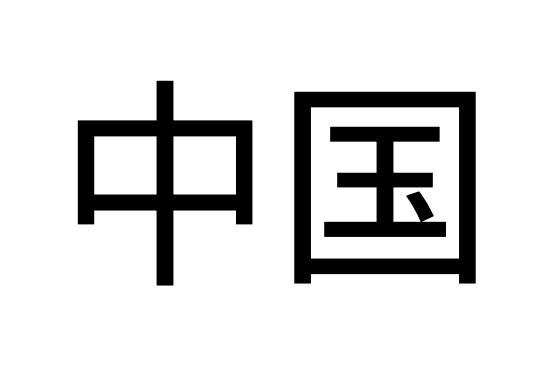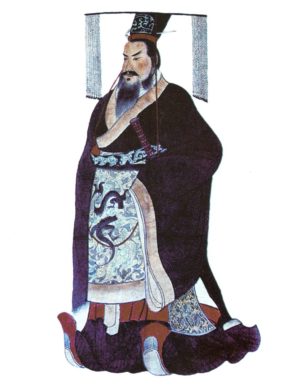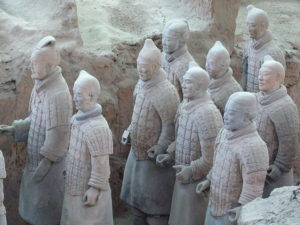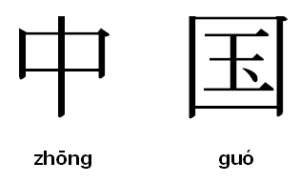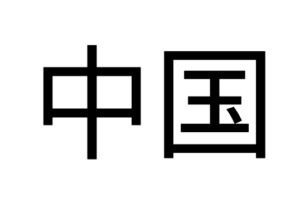Where does the the English word China come from?
It is possibly derived from Sanskrit and probably refers to an early dynasty in China called Qin (also written as Ch’in), according to Etymonline.com.
Qin refers to the Emperor Qin Shi Huang, who is recorded as the first to rule over a unified China. The related Latin word Sina gives us the current English usage of Sinology (the study of China) and Sinologist (scholar of Sinology).
Here’s an illustration of Qin Shi Huang, the Emperor whose tomb houses the Terra Cotta Army in the ancient capital of Xi’an.
In Mandarin Chinese, the name of China is written in Hanyu Pinyin (a romanization system using the Latin alphabet, often written as “pinyin”) as Zhongguo, which stands for the 2 characters 中国, zhong and guo.
Though pinyin should have tone marks (referring to the 4 tones of Mandarin Chinese), many texts do not include these marks.
* 中 = zhong (middle or center)
* 国 = guo (country)
That is why China is often called The Middle Kingdom, as the name means exactly that when directly translated. Learning these 2 characters is a good reference point to build your Chinese vocabulary.
Many other country names use 国 (guo) as a suffix, such as 法国 (Fa guo) = France, 英国 (Ying guo) = England, and 美国 (Mei guo) = United States.
So once you learn the character 国 (guo), you are halfway to knowing a lot of country names in Chinese.
The character 中 is easily recognized by students of Chinese, though the pronunciation may take some practice.
Listen to an example of the pronunciation of 中国 (Zhong Guo).
